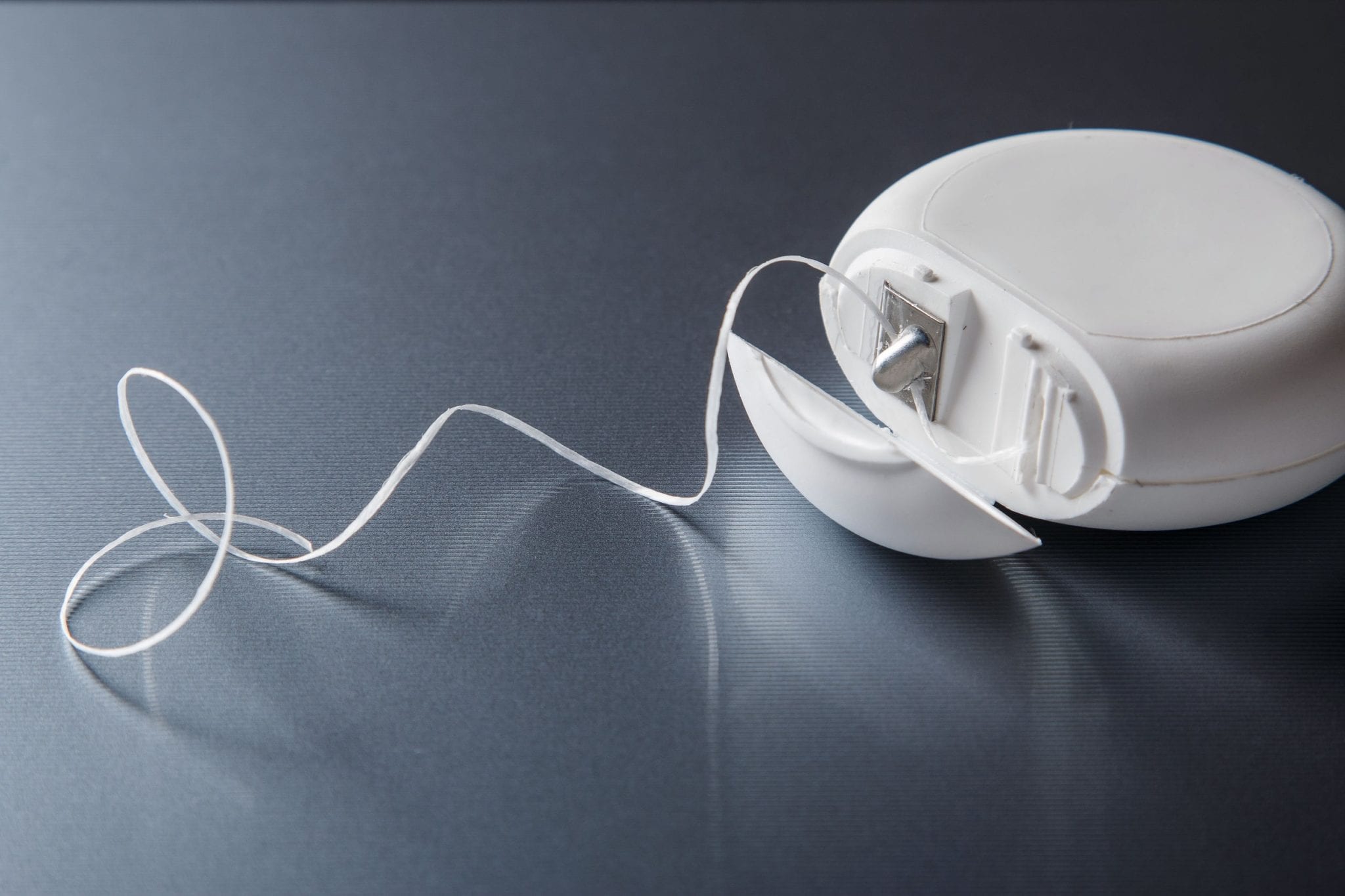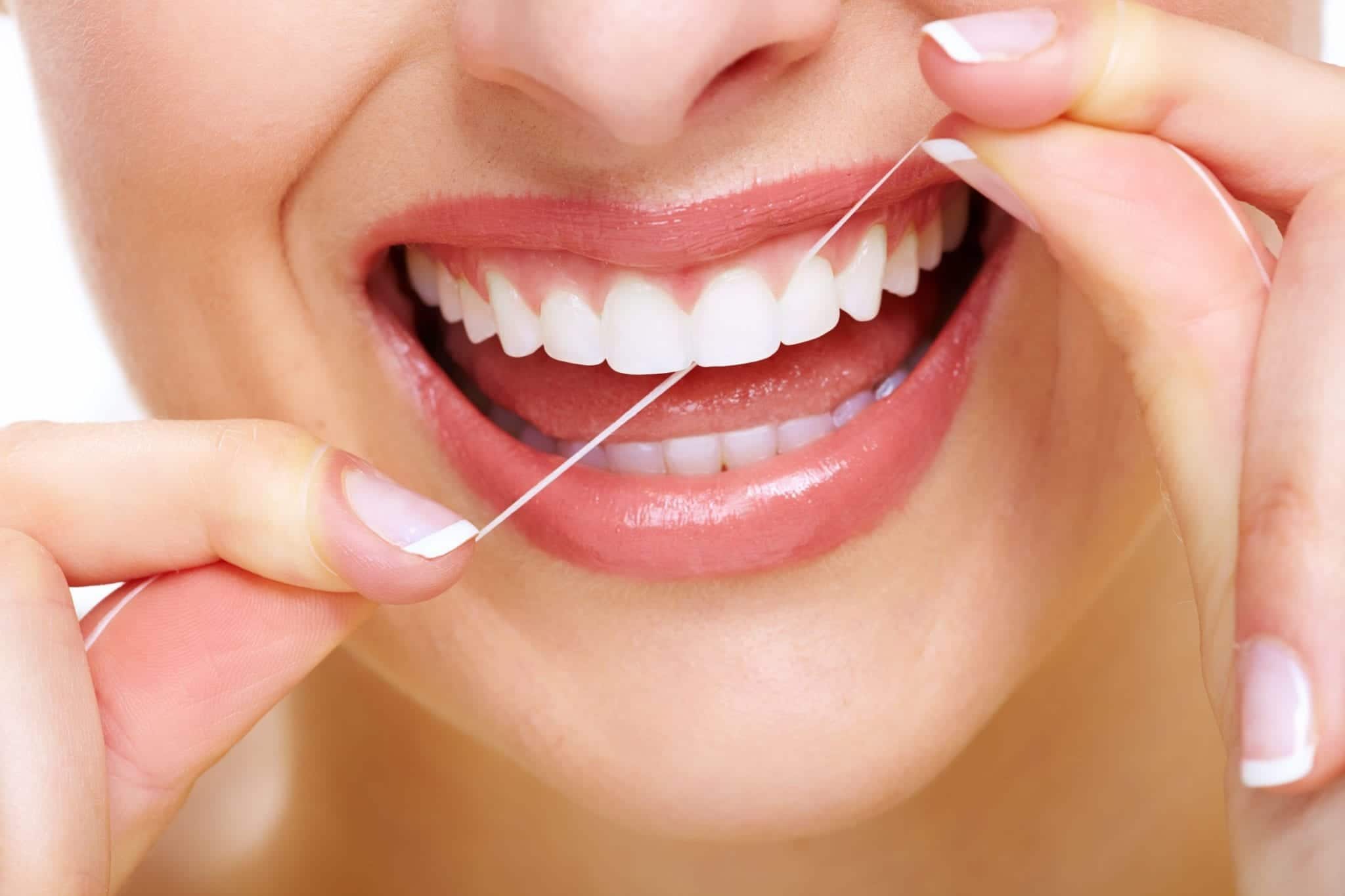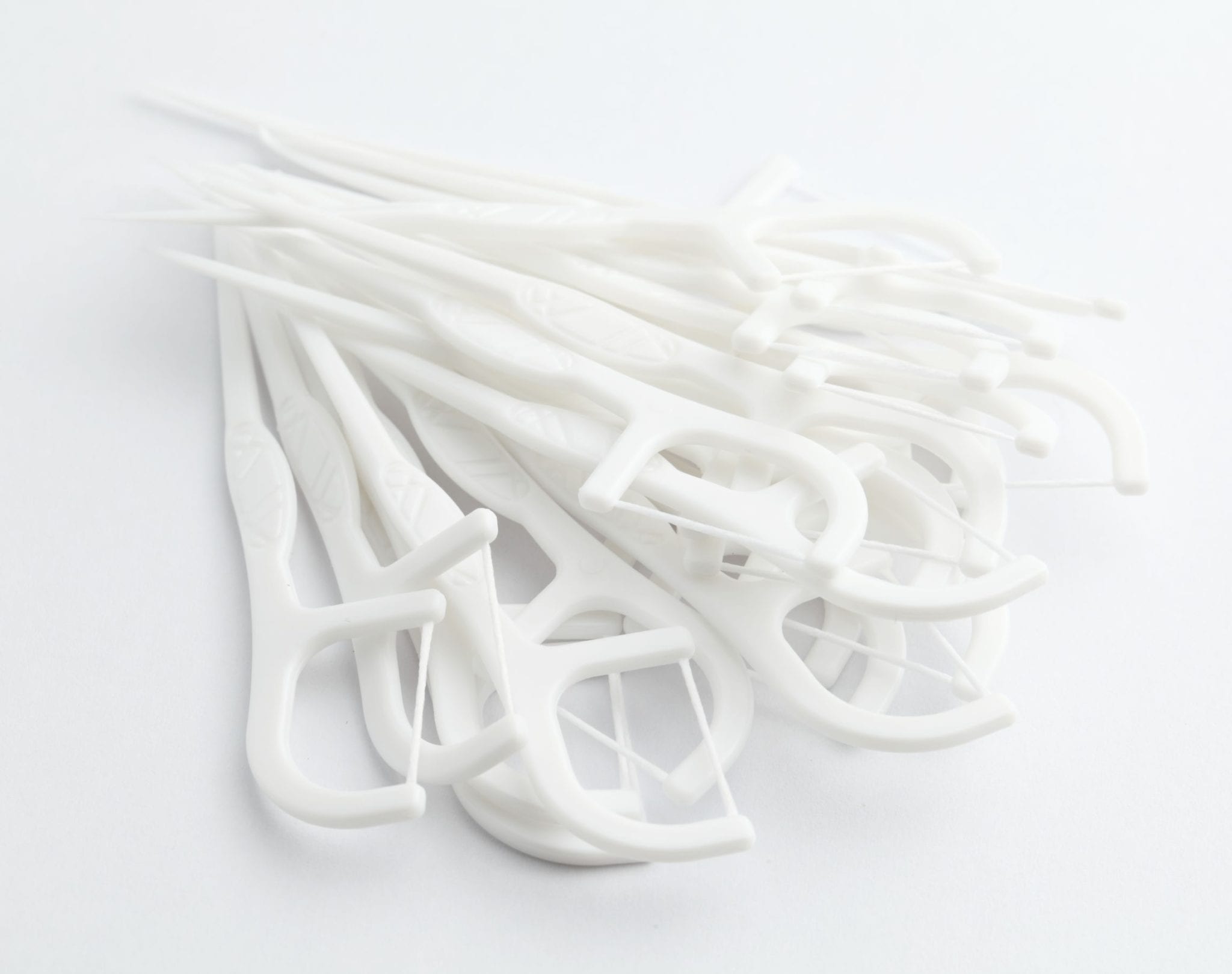
Whether you carry floss in your purse so you don’t miss a meal without flossing afterward or it’s collecting dust in the back of a cabinet in your bathroom, there are probably a lot of things you don’t know about it.
Have you ever wondered where floss came from? Or what it’s made out of? Learning the history of flossing may make you more inclined to use it.
When Did Flossing Start?
We don’t know the first person to ever floss. Anthropologists and historians believe that many cultures have tools and instruments to get leftover food out from between their teeth. This practice goes back to prehistoric humans. Old-time floss and toothpicks were possibly made from twigs or horsehair.
While these items may have been effective for dislodging food remains, it probably didn’t make your breath smell minty fresh. Aren’t you glad you don’t have to stick horsehair in between your teeth?
The First Modern Floss

The first mention of floss in a book was in the early 1800s, in A Practical Guide to the Management of Teeth by Dr. Levi Spear Parmly. Dr. Parmly was an American dentist, and he is commonly attributed as the inventor of modern-day floss.
His floss was made with a waxed silken thread, and he urged patients to develop a dental hygiene routine and brush and floss daily. At the time, many dental patients were brushing their teeth with salt and gunpowder, and dental floss wasn’t exactly a household item for a few more decades.
By 1882, floss had spread out to the rest of the country. A Massachusetts medical device company called Codman & Shurtleff had gotten a patent for the item, and they started mass-producing unwaxed silk floss.
Dental floss still wasn’t affordable, though, until Johnson & Johnson came along. The company had already been using silk for sterile sutures, and decided to use the leftovers to produce an affordable dental floss that was delivered in a convenient package.
While the package in the late 1800s was metal, Johnson & Johnson provided Americans with the type of floss container that we have today: floss wound around a spool that is cut by a little piece of metal.
In 1914, an ad for dental floss told customers that it was “better than toothpicks.”
There weren’t many changes to dental floss until 1940. During World War II, silk was in high demand. Dental floss manufacturers had to switch over to a nylon material. This material is what we typically find in our floss today.
Modern Day Floss

Since the 1940s, flossing has gone through some changes, but nothing too major. Additional materials like Gore-Tex and Teflon have shaped current floss varieties. If your floss is waxed, it is usually coated in beeswax. Just like toothbrushes, different types of floss are made to suit different mouths. A softer floss has been produced for more sensitive teeth, and flossing tools have been developed to get in between braces. Some companies even make individual floss carriers to throw away after a one-time use.
Why Is Floss Important?
The problem of getting a piece of food out of your teeth is a problem that has plagued humans since we were living in caves, but floss does more than dislodge a popcorn kernel or a piece of an apple. Flossing, like it was in the 1800s, is an important part of your daily hygiene routine.
Brushing your teeth is a great start for a good oral hygiene routine. After you’re finished brushing, however, you may not have gotten rid of all of the food and bacteria in your mouth.
This food and bacteria, however small, can continue to grow as you sleep or continue to eat. (Sugar is a prime ingredient for this growth.) In order to prevent this growth, and keep this bacteria forming plaque and tartar, you’ve got to hit all of the nooks and crannies.
Don’t think you can floss once before a dentist appointment and fool everyone, either. By the time you hit the dentist’s chair, your plaque may have already hardened, and that is a lot harder to get rid of when you are rushing to floss.
Floss your teeth every time after you brush, and take a look at how much gunk you can unleash from just a few swipes. This is the stuff you are missing when you only use a toothbrush. Make the effort to floss at least once a day – preferably twice.
Check up on your oral health, and learn more about how you can get your cleanest, brightest smile, by calling a South Florida dentist.






